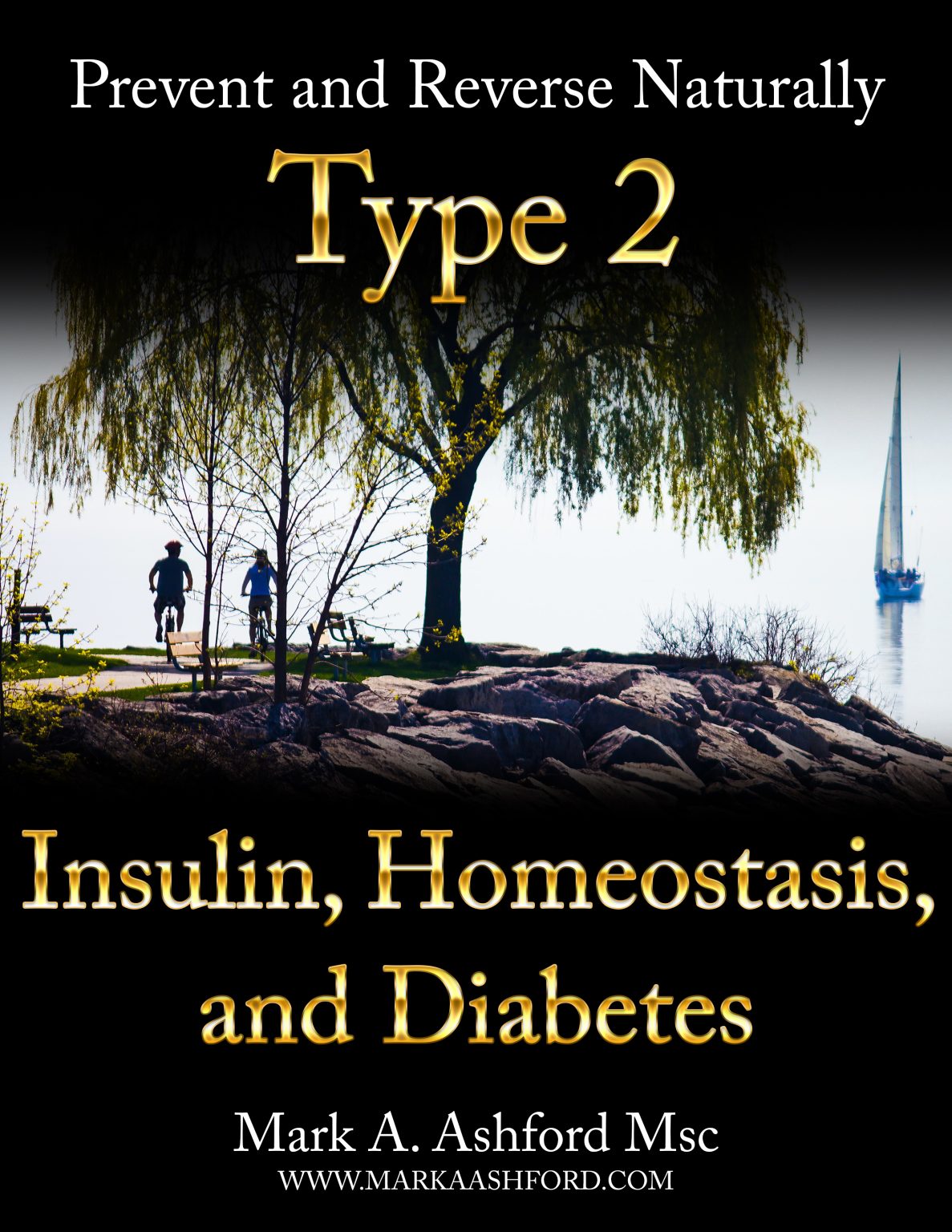Insulin, Homeostasis, and Diabetes
This book has been quite a learning journey. From the discovery of Insulin to how the body is designed to maintain homeostasis and what has happened over the past 25 years, I can see how becoming a Type 2 Diabetic was almost inevitable.
Homeostasis depends on active regulation, with dynamic adjustments that keep the environment of your cells and tissues relatively constant. The brain is part of many homeostatic systems, providing signals that coordinate your body’s internal clocks and regulating hormone secretion by the endocrine system. These functions often involve a region of the forebrain called the hypothalamus, a command centre that regulates the activities of internal organs, among many other functions.
If homeostasis is successful, life continues; if unsuccessful, disaster or death ensues. The stability attained is actually a dynamic equilibrium, in which continuous change occurs yet relatively uniform conditions prevail. The general idea of this self-regulating process was explored by French physiologist Claude Bernard[1] in 1849 and the word homeostasis was coined by American neurologist and physiologist Walter Bradford Cannon[2] in 1926.
Continuous change invokes Insulin and, increasingly, cortisol, the fight or flight hormone. Our lives are now complex and stressful. While our diet has become more abundant, its quality has worsened over the past 100 years. Stress manifests cortisol, the fight or flight hormone to release glucose into the blood to fuel an anticipated struggle. Insulin moves glucose into the muscles and cells. But neither hormone, nor the body in general understands we are not running or fighting a predator, we are stressed out over an argument with a boss or a difficult task.
[1] Wikipeda. “Claude Bernard.” (2025).
[2] ———. “Walter Bradford Cannon.” (2025).
Today, we often eat five or six times a day. The quality is just not there. The food is highly processed, refined carbohydrates, and sugar. Both forms convert quickly into glucose in the blood. The combination of stress released glucose and glucose from multiple meals of poor-quality results in the cells being constantly abused by Insulin trying to unlock them to absorb the energy source. They become insulin Resistant, which is a hall mark of PreDiabetes and Type 2 Diabetes.
I can now see how over the past 25 years stress and nutrition have contributed to my becoming a Type 2 Diabetic. It is clear how even small things, which seemed a good idea at the time, have contributed to where I am now.
I hope you enjoy and find this book useful.
Mark Ashford


